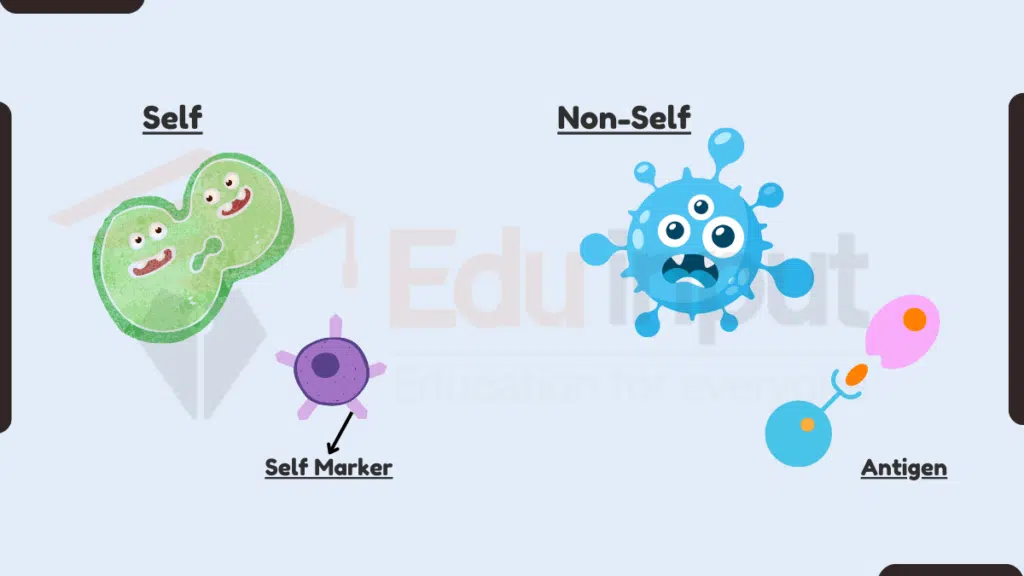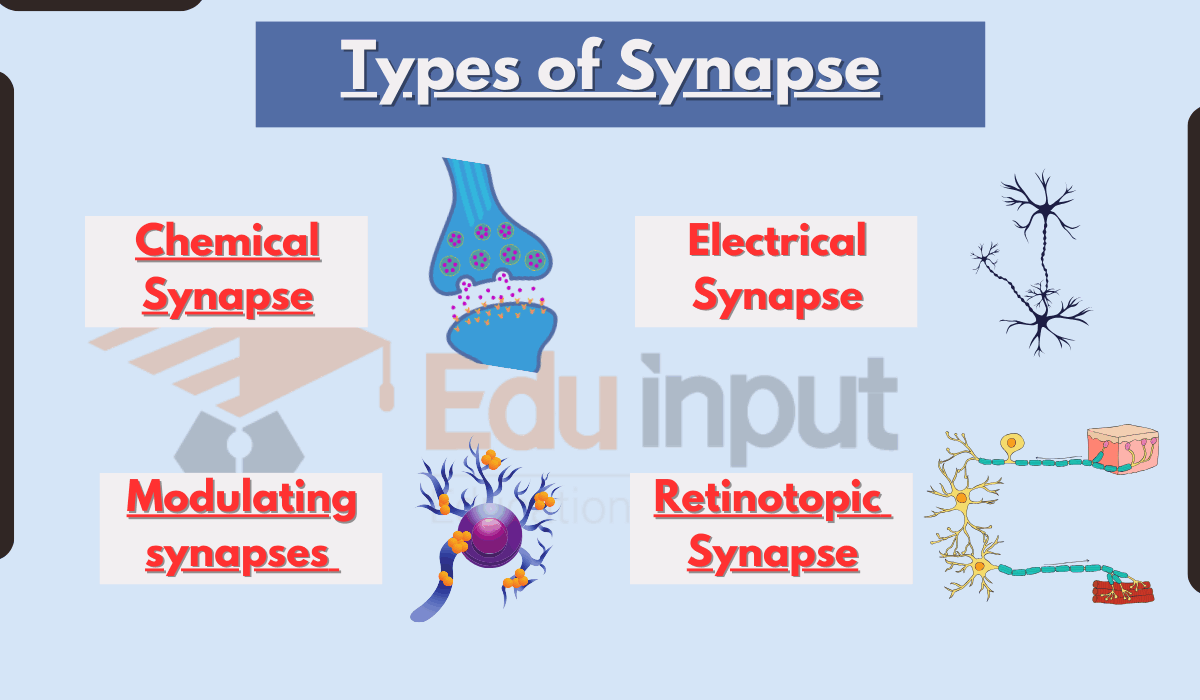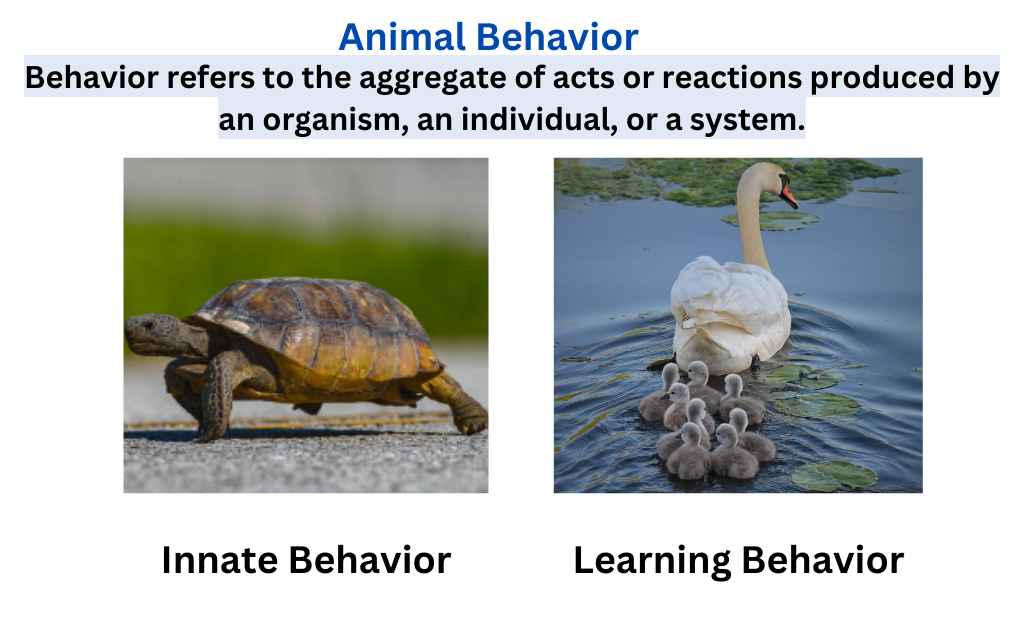How does the immune system distinguish between self and non-self?
The immune system distinguishes between self and non-self using methods like pattern recognition receptors, MHC molecules, and central and peripheral tolerance mechanisms. [source]

Immune system’s ways to distinguish between self and non-self
The immune system has a number of ways to distinguish between self and non-self.
One way is through the use of pattern recognition receptors (PRRs). PRRs are proteins that are found on the surface of immune cells and inside cells.
They can recognize a variety of molecular patterns that are associated with pathogens, such as lipopolysaccharide (LPS) on the surface of bacteria and double-stranded RNA in viruses. When a PRR recognizes a non-self pattern, it triggers an immune response.
Another way that the immune system distinguishes between self and non-self is through the use of major histocompatibility complex (MHC) molecules. MHC molecules are proteins that are found on the surface of all cells in the body.
They present fragments of proteins, called peptides, to immune cells called T cells. T cells have receptors that recognize specific peptides presented by MHC molecules. If a T cell recognizes a peptide that is associated with a pathogen, it will become activated and trigger an immune response.
The immune system also learns to distinguish between self and non-self through a process called central tolerance. This process takes place in the thymus and bone marrow, where immune cells are developed.
During central tolerance, immature immune cells are exposed to a variety of self-peptides. Any immune cells that react to self-peptides are destroyed. This ensures that only immune cells that do not react to self-peptides are released into the circulation.







Leave a Reply